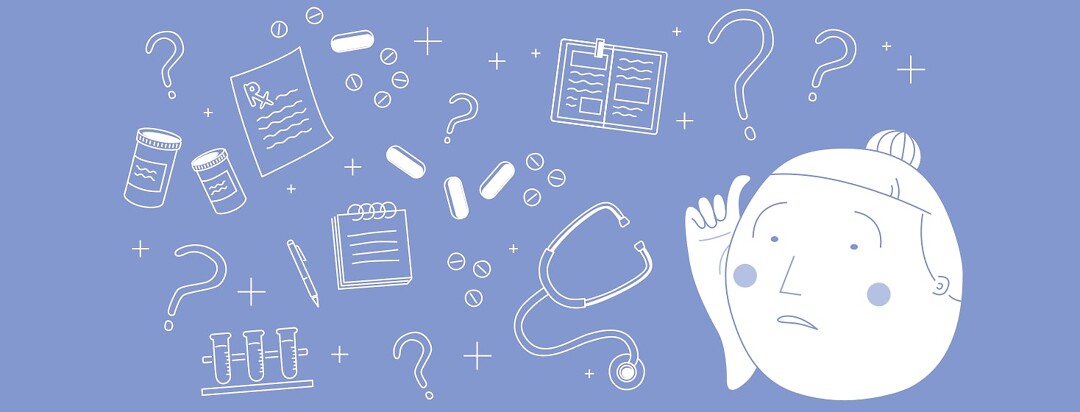What to Know Before Starting Your Treatment with Trikafta
There has been a lot of talk about Trikafta over the past year. Many people have claimed that Trikafta has positively impacted their management of cystic fibrosis (CF). Our community has shared many positive reflections regarding Trikafta; examples of these accounts include:
“It’s just a few weeks shy of a year since my grandson started Trikafta, and his results are tremendous! We are so thankful and blessed”
“It’s made such a difference to my daughter’s life! Amazing!”
"I started this drug just over two weeks ago. Best Christmas present ever. Have been feeling all-around better: haven't been coughing as much or cough as much up. Have more energy too."
What is Trikafta?
Trikafta falls in a category called Cystic Fibrosis Transmembrane Conductance Regulator (CFTR) correctors. It is approved for those with CFTR mutations caused by the F508del mutation. The medication is supplied as 2 pills packaged together:1
- Orange tablets of elexacaftor/tezacaftor/ivacaftor: Elexacaftor/tezacaftor increases the amount of mature CFTR proteins delivered to the cell surface.
- Blue tablets of ivacaftor alone - ivafactor helps the CFTR protein stay open longer at the cell surface
Trikafta dosing
Regular dose
The typical dosing is 2 orange tablets in the morning and 1 blue tablet in the evening, preferably 12 hours apart. It is recommended to be taken with a high-fat meal or snack, such as peanut butter, avocado, or eggs. Of course, always consult your doctor to ensure you have the dose they recommend for you.
What happens if you miss a dose?
Depending on which dose is missed, Vertex Pharmaceuticals recommends the following:2
- Morning dose missed: If it has been less than 6 hours since the missed dose, it is recommended to take the missed dose as soon as possible, then continue with the original schedule. If it has been greater than 6 hours since the missed dose, take the dose as soon as possible but do not take the scheduled evening dose.
- Evening dose missed: if it has been less than 6 hours since the missed evening dose, take it as soon as you remember, and continue on with your regularly scheduled morning dose. If it has been more than 6 hours, skip the dose and start over tomorrow.
What are some possible side effects?
The most common side effect includes headache, which can occur in approximately 17% of people on Trikafta. Gastrointestinal side effects like diarrhea and nausea can occur in 13-14% of people. In addition, upper respiratory tract infections, such as colds and sinusitis, can be experienced in 16% of people.2
Other side effects include:2
- Increased blood pressure
- Dizziness
- Conjunctivitis, more commonly known as pink eye
- Influenza
- Urinary tract infections
- Dysmenorrhea, or painful menstrual cycles
- Skin rashes
- Hypoglycaemia, or low blood sugar
Monitoring
Your physician will likely take some baseline tests before you start treatment with Trikafta. One of these baseline tests will assess liver function and will be repeated every 3 months for the first year, then once yearly thereafter. For children, baseline tests include eye examinations due to the risk of cataract formation in younger age groups.2
Drug interactions
There are many potential drug interactions with Trikafta. Some of these interactions include over-the-counter medications or herbal products.
Always let your doctor or pharmacist know when you start a new medication while on Trikafta. Hormonal contraceptives, for example, may enhance the rash side effect of Trikafta. Pain medications such as morphine have higher levels in the body when taken with Trikafta, increasing the risk of side effects from morphine. In addition, avoid St. John's Wort and grapefruit juice, which may increase the levels of Trikafta in the body.2
Are you or your loved one with cystic fibrosis currently taking Trikafta? Share your experience in the comments below.

Join the conversation